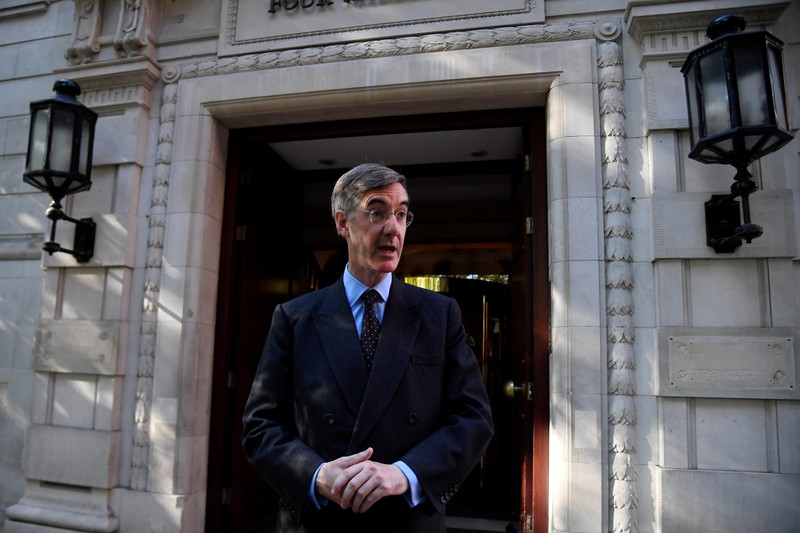
Why millennials are buying fewer diamonds
In 2016, The Economist asked in a tweet: “Why aren’t millennials buying diamonds?” The responses varied, but a majority of responses had to do with debt, stress over money and how expensive diamonds are.
Money isn’t the only reason millennials aren’t willing to spend on diamonds, however. For many, it’s a matter of having different tastes than their parents, Bain and Company noted in its 2018 global diamond industry report. These “generational shifts in consumer preferences” will continue to impact the diamond industry in the near future, the report predicts.
For one thing, there’s a recent trend toward choosing engagement rings with colored stones or semi-precious stones rather than diamonds. These alternative gemstones, such as opal and amethyst, are generally more affordable than precious stones, which include diamonds, rubies, emeralds and sapphires, and millennials are choosing to save the money for other financial goals.
Millennials are also getting married later. Unlike their parents and grandparents, they aren’t in a hurry to marry or settle down, and in turn, they aren’t dropping money nearly as early or often on diamond engagement rings.
In 1965, the typical American woman first married at age 21 and the typical man at 23, according to the U.S. Census Bureau. By 2018, the average age rose to 28 for American women and 30 for men.
Not only that, but millennials’ priorities have shifted: They generally value experiences above physical items. Instead of investing in possessions such as cars, homes or expensive jewelry, they’re more likely to put money toward making memories. Activities, such as traveling, music festivals and sky diving, take precedence.
Diamonds are also an ethical issue for many young people. Many consider the practice of diamond mining as profiting off laborers who face dangerous working conditions and consider it a threat to the environment.
How the diamond industry is responding
Lab-grown diamonds are growing in popularity. The synthetic diamonds grown in labs have the same chemical composition as traditional diamonds, but they are cheaper to produce and many consider them more ethical than traditionally mined diamonds.
In 2018, De Beers Groups, the diamond company that once coined the term “a diamond is forever,” launched Lightbox Jewelry, a lab-grown fashion jewelry retailer. Because De Beers is considered a leader within the diamond industry, experts wonder whether this decision marks the start of a new approach to large-scale diamond sourcing by luxury jewelry retailers.
However, experts also wonder whether lab-grown diamonds will have the pull needed to draw millennials back into buying. The outlook is positive: Around 70% of millennials said they would consider buying a lab-grown diamond, a survey from MVI Marketing found.
In order for diamond retailers to win over millennials, they’ll need to focus on how well their marketing is perceived by consumers, Bain and Company said in its 2018 global diamond industry report.
Other experts agree. Charles Rosario, senior vice president of Lazare Diamonds, said that marketing toward millennials should take advantage of social media and appeal to young peoples’ changing tastes.
“Millennials are tech savvy, well educated and live on social media,” he said in a 2017 interview with CNBC’s “Street Signs.” Successful marketing campaigns will come down to “understanding and following their tendencies, speaking their language and feeding them information that is aligned with their lifestyle.”
While Tiffany doesn’t view lab-grown diamonds as a luxury material, it’s trying to appeal to new audiences in different ways. In addition to revamping its offerings to include more affordable jewelry items, the company is also expanding into Asia’s retail market by opening another Blue Box Cafe location in Hong Kong, expanding its flagship store in Shanghai, opening another flagship in Hong Kong and renovating its airport stores throughout Asia.
Don’t miss: If you invested $1,000 in Chipotle 10 years ago, here’s how much money you’d have now
Like this story? Subscribe to CNBC Make It on YouTube!
A shopper carries a Tiffany & Co. retail bag on Fifth Avenue in New York, May 30, 2019.
Victor J. Blue | Bloomberg | Getty Images

